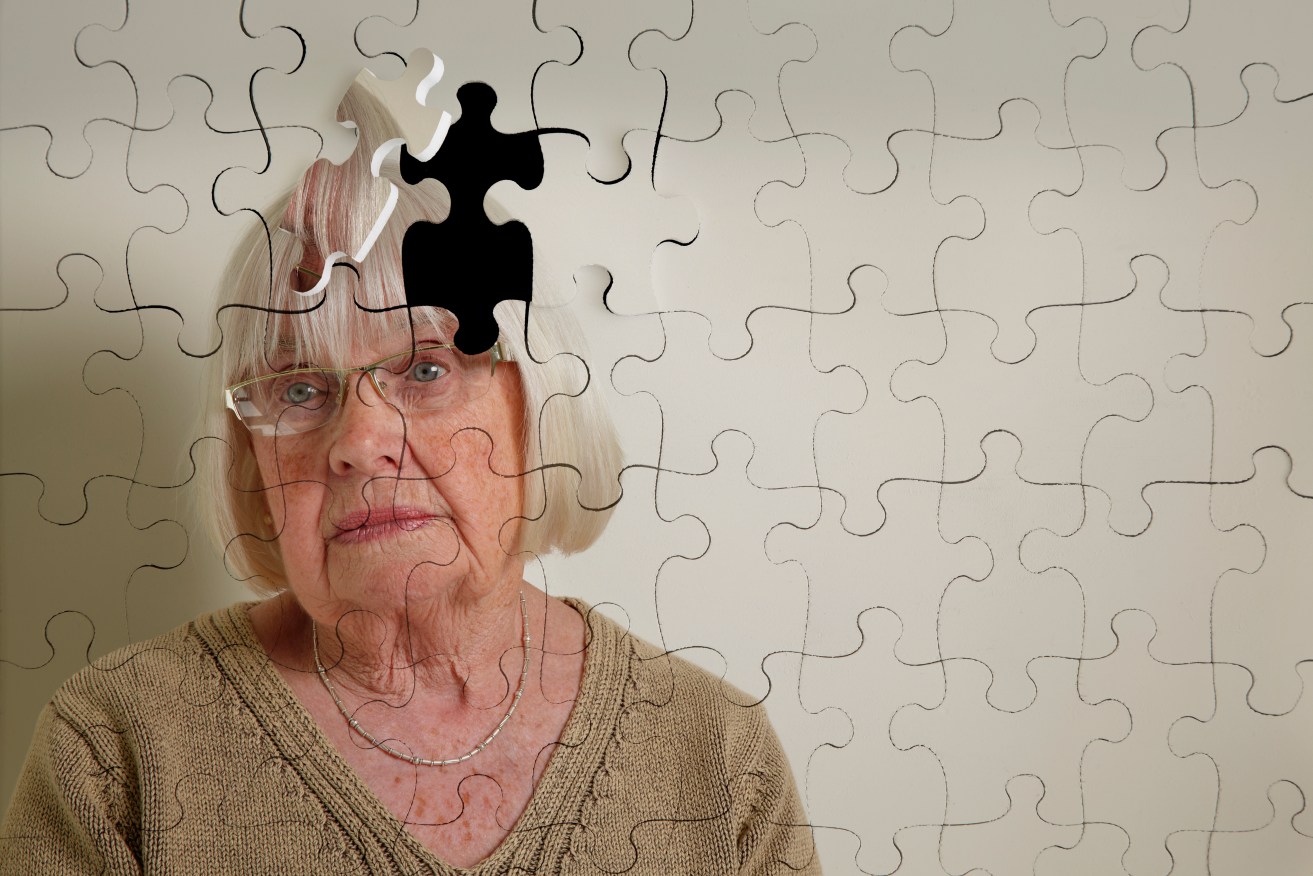Most accurate test yet: Your risk of developing dementia within the next 14 years


Oxford researchers have developed a new test for dementia risk that can be taken from middle age. Photo: Getty
Oxford researchers have developed a new test that identifies your risk of developing dementia within the next 14 years.
The test draws on 11 mostly modifiable risk factors. This means there’s a chance your test results might give you enough notice to abandon behaviours that are pushing you toward dementia.
A key to this possibility – as suggested in a large long-term study – is that the new test has proved accurate in identifying dementia risk “from mid-life onward”. The earlier, the better, right?
Targeting these key risk factors, “could potentially avert around 40 per cent of cases”, the researchers say.
Trying for a better study design
The Oxford test – called the UK Biobank Dementia Risk Score (UKBDRS) – is the latest to try and predict a person’s chances of developing dementia while preventive measures are still possible.
Previous tests have proved “unreliable across different age groups and geographies, and some rely on expensive and invasive tests, precluding their use in primary care”.
The Oxford team tried to “get round these issues” by drawing on two large groups of 50- to 73-year olds participating in two long-term studies.
They assigned one group – participants in UK Biobank, a large-scale biomedical database and research resource – for developing the new risk score.
There were 220,762 (average age just under 60) people from the UK Biobank included in the final analysis.
The other – participants in the University College London’s Whitehall II study – for validating it.
There were 2934 (average age 57) from the Whitehall II study included in the final analysis.
Determining risk factors
The researchers compiled a list of 28 established factors associated with a heightened or reduced risk of developing dementia.
To these they applied a statistical method called LASSO regression which is designed to identify and discard the least relevant factors.
This worked to simplify the test, without sacrificing too much accuracy, and focus the score on the strongest predictors.
They ended up with predictive factors for any type of dementia.
The 11 factors were: Age; education; history of diabetes; history of/ current depression; history of stroke; parental dementia; economic disadvantage (Townsend deprivation index); high blood pressure; high cholesterol; living alone; and male sex.
The APOE gene
A known risk factor for Alzheimer’s disease and ‘dementia with Lewy bodies’ is the APOE gene, which is involved in the production of a protein that helps carry cholesterol and other types of fat in the bloodstream.
There are three main versions (called alleles) of this gene: They are called e2, e3, and e4.
More than half the general population have the e3 version.
People with the e4 version have a higher risk of dementia.
It is not known how the APOE e4 allele is related to the risk of these two forms of dementia.
However, researchers have found that this version of the gene allele is associated with an increased number of amyloid plaques. These have been found in the brain tissue of Alzheimer’s patients.
In developing the Oxford test, the versions of the APOE gene were known for 157,090 participants in the UK Biobank study and 2315 of those in the Whitehall II study.
In these cases, the APOE status was added to the risk score.
Results
Within 14 years, 3813 (nearly 2 per cent) and 93 (just over 3 per cent) participants developed dementia in the UK Biobank and Whitehall II groups, respectively.
Although older age (60 and above) and APOE status confer the greatest risk, “modifiable factors, such as diabetes, depression and high blood pressure also have a key role”.
For example, the estimated risk for a person with all of these “will be approximately three times higher than that of a person of the same age who doesn’t have any”.
How accurate was the test?
So how accurate were the predictions made by the Oxford group and their ‘UK Biobank Dementia Risk Score’?
They reportedly did better than three established tests, including the Australian National University Alzheimer’s Disease Risk Index.
Even so, the researchers say the test isn’t ready for clinical use. This is largely because it needs to be trialled with more diverse groups of people.
For one thing, there were also significantly fewer women in the Whitehall II group. This might go some way to explaining why there was a higher rate of dementia in the Whitehall II group.
Also, the Whitehall II participants were mostly white. And were less likely to live in areas of deprivation than the general UK population.
Bottom line
The new test may best be used “as an initial screening tool to stratify people into risk groups”.
The authors note: It’s important to remember that this risk score only tells us about our chances of developing dementia. It doesn’t represent a definitive outcome.
The importance of each risk factor varies. Some of the factors included in the score can be modified or treated. Which means “there are things we can all do to help reduce our risk of dementia”.








